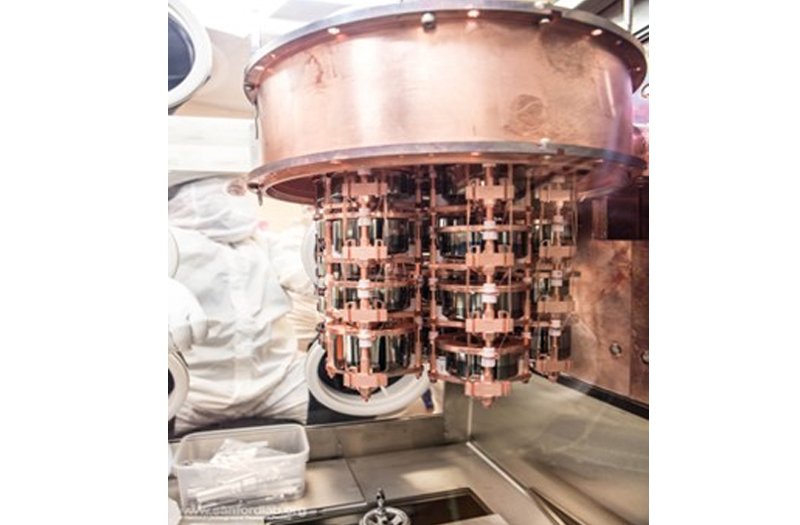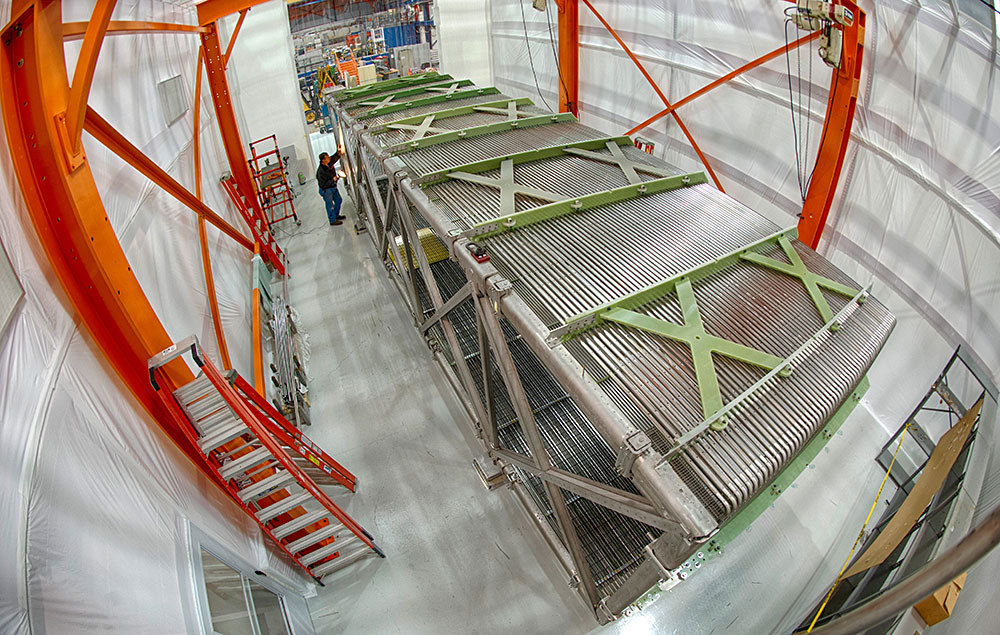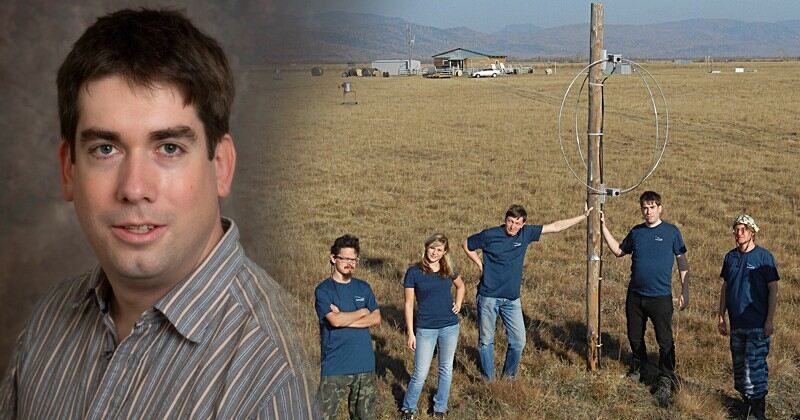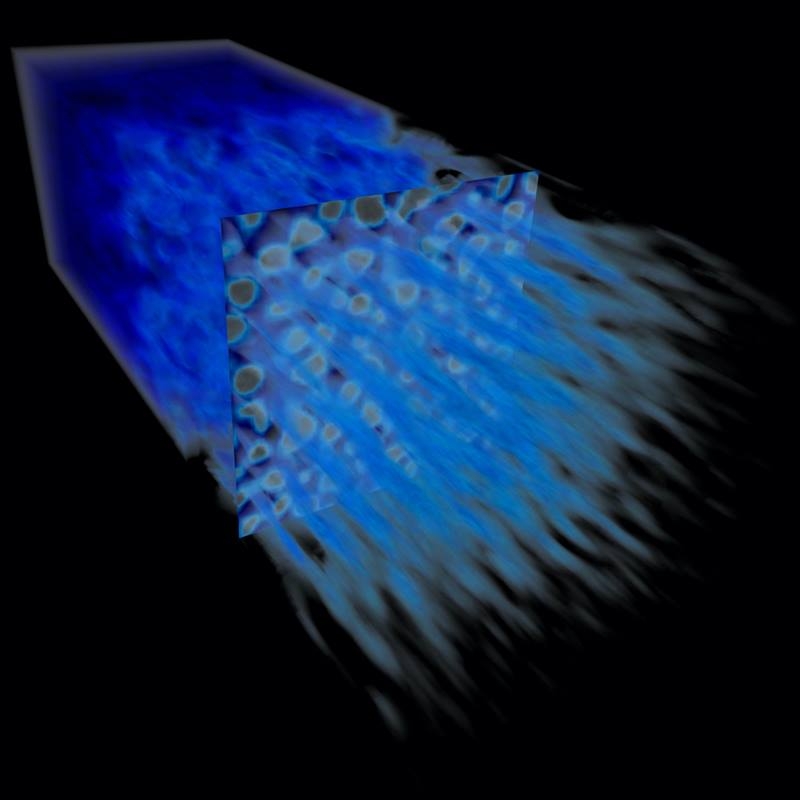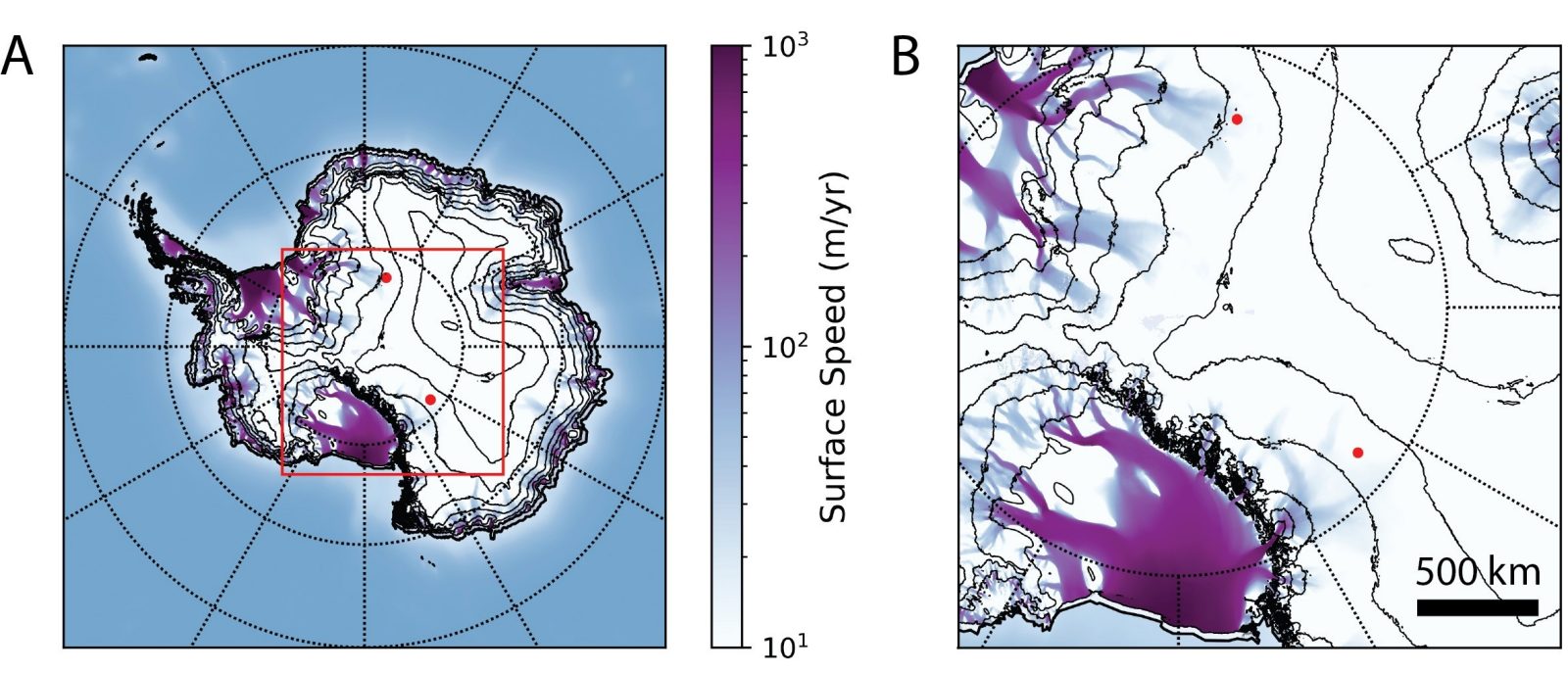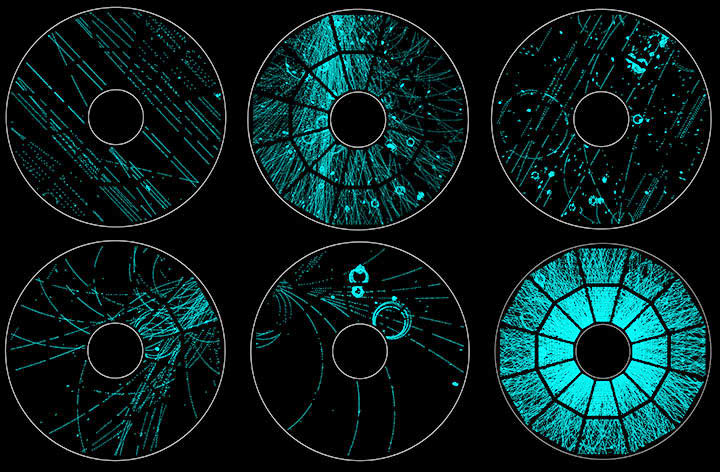Theoretical models of dark matter predict that its signals can be detected using low-background radiation detectors. By looking for specific types of dark matter and finding no signal, scientists operating the Majorana Demonstrator experiment have significantly narrowed the characteristics of potential dark matter particles. The results will help design future experiments.
